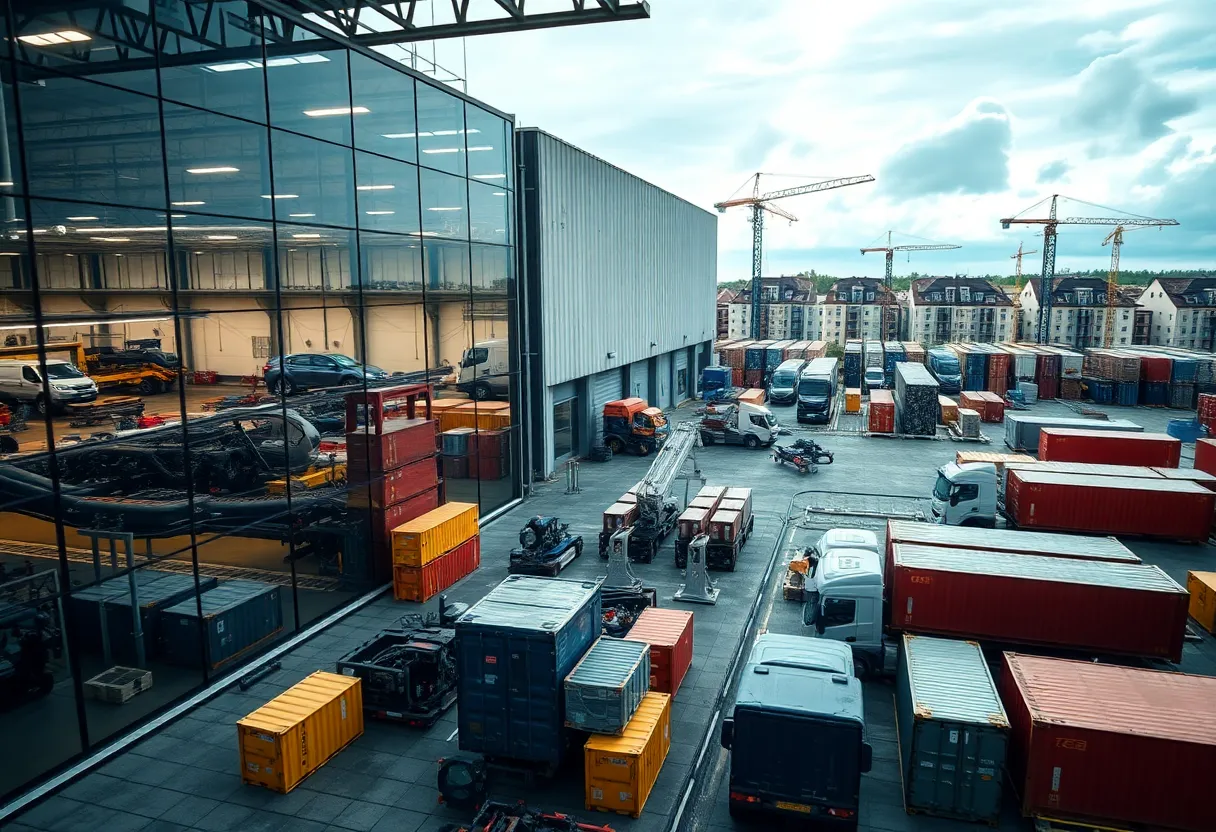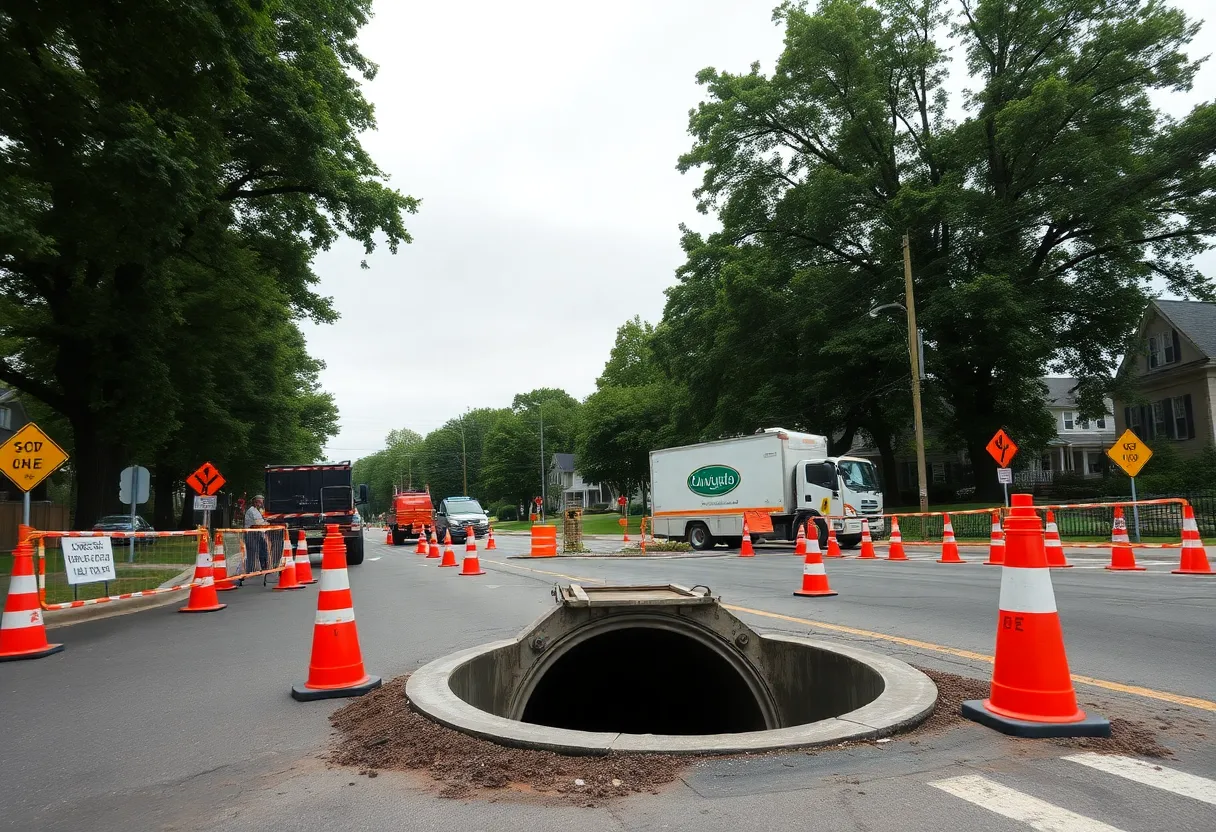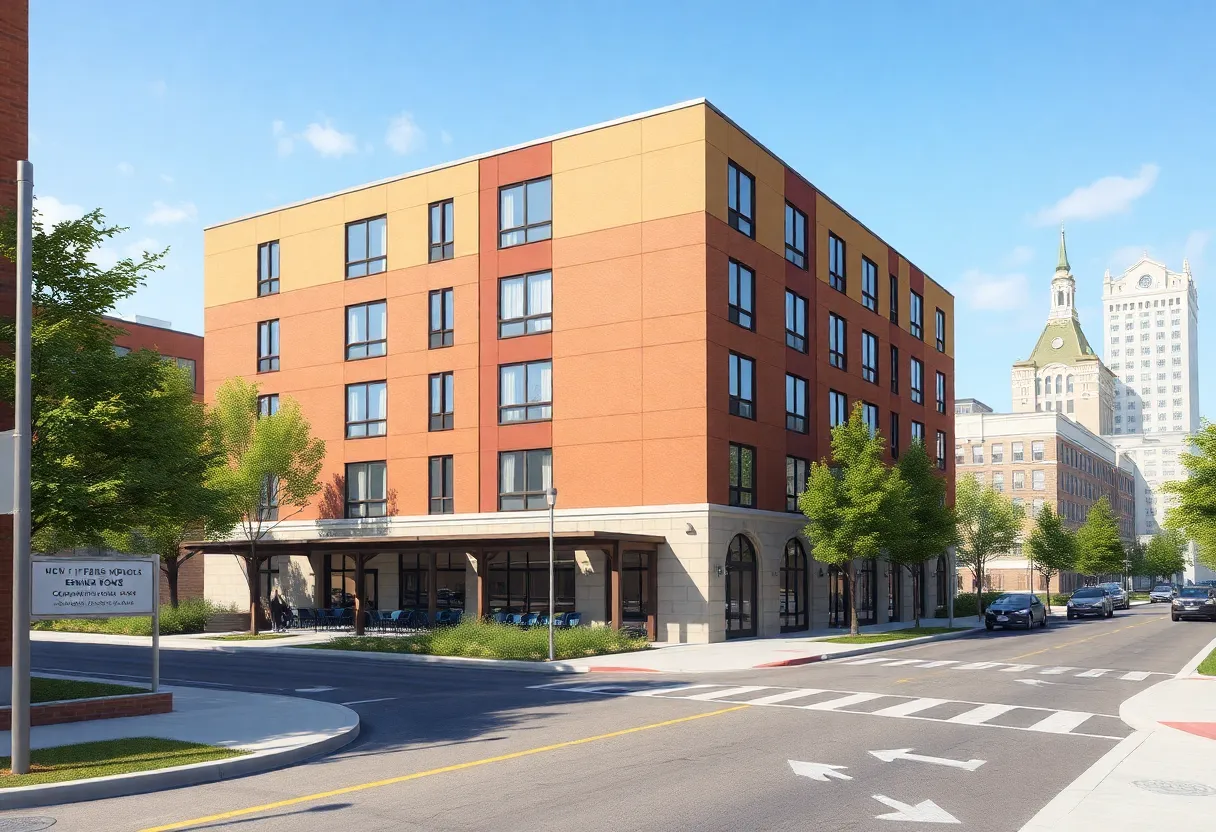Czech Republic, September 8, 2025
News Summary
Industrial production in the Czech Republic strengthened, driven by broad gains in motor vehicles, machinery, chemicals, pharmaceuticals and fabricated metals. New orders rose notably, with domestic demand especially strong, while construction output and the value of building permits jumped, signaling further activity ahead. Exports outpaced imports, narrowing the goods deficit, supported by vehicles and machinery. Employment in industry eased slightly while construction jobs ticked up; wage growth showed modest moderation. The defense sector is expanding and absorbing capacity from automotive shifts. Overall, the data point to a favorable near-term outlook for exporters and continued economic momentum.
Czech industrial output picks up in July as construction stays strong and new orders climb
Czech industry showed clearer signs of recovery in July, with output rising and new orders gaining momentum, while construction continued to expand at a brisk pace. The latest monthly figures point to a mixed but improving picture for manufacturing, trade and the housing market, and suggest a favourable outlook for exporters and the wider economy.
Key takeaways
- Industrial production rose 1.8% year-on-year after adjusting for working days, and was up 0.8% from June on a working-day adjusted basis.
- Unadjusted output grew 4.9% year-on-year in July, marking a stronger-than-expected result.
- New orders climbed 6.6% year-on-year in current prices, with domestic orders up 13.0% and foreign orders increasing 2.9%.
- Construction output expanded 10.1% year-on-year and 1.0% month-on-month, with the indicative value of building permits jumping 37.9%.
- The foreign trade balance in goods showed a small deficit of CZK 1.7 billion in July, narrower than a year earlier, while exports rose 4.7% and imports 3.1% year-on-year.
What drove the July improvement
Growth in July was broadly based across several heavy manufacturing sectors that form the backbone of Czech industry and its supply chains. Significant gains were recorded in motor vehicle manufacturing, machinery, chemicals and plastics, pharmaceuticals and fabricated metal products. Motor vehicles in particular played a key role in lifting both output and new order numbers.
The value of new orders rose by 6.6% year-on-year, helped by a strong domestic component that grew by 13.0%. Automotive orders posted a particularly strong annual increase of around 15%, with part of that jump reflecting a low comparative base from the previous year and part tied to renewed demand. Other transport equipment makers also secured significant long-term contracts, adding to forward-looking demand.
Labour and wage trends
Despite rising output, the average number of employees in industry fell by 1.9% year-on-year in July, while average monthly nominal wage growth in industry eased to about 5.0%. In construction, employment edged up by 0.6% and average wage growth slowed to 3.8%. These monthly moves are described as part of normal volatility and do not change the general setup for robust wage numbers going forward.
Construction and housing
The construction sector continued to boom, with output up just over 10% year-on-year. The sharp rise in the indicative value of building permits—almost 38%—points to more building activity ahead, even as fewer dwellings were started and completed in July compared with the previous year. The housing market still shows strong demand, with new mortgage lending reaching a record high in the second quarter when pandemic-era figures are excluded. That lending surge may reflect households locking in favourable borrowing rates or simply continued appetite for property.
Trade and export outlook
The July goods trade deficit was modest and narrower than a year earlier, helped by higher surpluses in motor vehicles, other transport equipment and machinery. Exports rose faster than imports on an annual basis, and the solid increase in new orders suggests a favourable outlook for Czech exporters in coming months.
Longer-term context: industry mix and recent shifts
The Czech economy has a long history of manufacturing strength. Over recent decades the country became a major car producer by population, with a record production year in 2024 of about 1.4 million vehicles. Early 2025 saw a drop in vehicle output, influenced by weaker demand in some Western markets, structural changes in the auto sector and trade frictions. At the same time, the defense and arms industry has expanded production since 2022, raising output of ammunition, vehicles, drones and other systems and creating new hiring and investment opportunities. These shifts are creating room for workers to move between automotive and defense manufacturing without major retraining in many cases.
Overall assessment
The available indicators point to industry stabilising and joining the engines of household consumption and construction in supporting growth. While some sectoral transitions and monthly volatility in wages and employment are present, the combined picture — rising output, lifting new orders and healthy construction activity — suggests the Czech economy is moving forward on solid ground.
Frequently asked questions
What was the main headline for Czech industry in July?
The main point is that industrial output accelerated, with working-day adjusted production up 1.8% year-on-year and new orders rising 6.6% in current prices.
Which industries led the growth?
Motor vehicle manufacturing, machinery, chemicals and plastics, pharmaceuticals, and fabricated metal products were the main contributors.
Is construction growing as well?
Yes. Construction output rose 10.1% year-on-year in July, and building permits increased substantially, indicating more activity ahead.
What happened with employment and wages?
Industry employment fell slightly by 1.9% year-on-year, while wage growth in industry softened to about 5.0%. Construction employment rose modestly and wage growth there slowed to about 3.8%.
How did foreign trade fare?
The goods trade recorded a small deficit in July, but it was smaller than a year earlier. Exports grew 4.7% and imports 3.1% year-on-year.
Does this mean the economy is recovering?
Signs point to stabilisation and improvement in key areas: industry, construction and household demand. Solid new orders and rising permits support a positive near-term outlook.
Key figures at a glance
| Indicator | July result | Note |
|---|---|---|
| Industrial output (working-day adjusted) | +1.8% y/y | +0.8% month-on-month (adjusted) |
| Industrial output (unadjusted) | +4.9% y/y | Stronger than expected |
| New orders (current prices) | +6.6% y/y; +2.9% m/m | Domestic +13.0%; Foreign +2.9% |
| Construction output | +10.1% y/y; +1.0% m/m | Building permits +37.9% y/y |
| Employment in industry | -1.9% y/y | Average number of employees |
| Wage growth in industry | +5.0% y/y | Monthly nominal wages |
| Wage growth in construction | +3.8% y/y | |
| Goods trade balance | Deficit CZK 1.7 bn | Narrower than a year earlier by CZK 5.5 bn |
| Exports | +4.7% y/y | |
| Imports | +3.1% y/y |
Deeper Dive: News & Info About This Topic
Additional Resources
- ING Think: Czech industry joins the growth pack
- Wikipedia: Economy of the Czech Republic
- Encyclopaedia Britannica: Czech Republic — Economy
- Google Search: Czech Republic economy 2025
- MLex: USITC preliminarily says Indian, Czech freight rail couplers threatened industry
- Google Scholar: Czech freight rail couplers USITC
- Deutsche Welle: Are weapons — not cars — the future engine of the Czech economy?
- Encyclopaedia Britannica: Czech defense industry
- ASDNews: BAE rolls out newest combat vehicle for Czech army
- Google News: BAE combat vehicle Czech army





